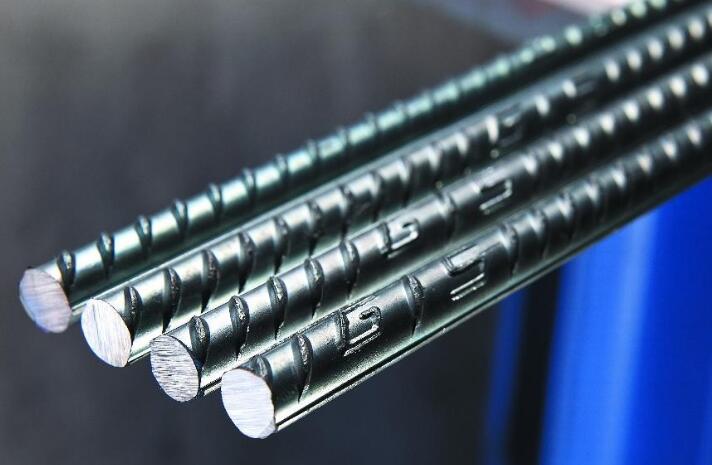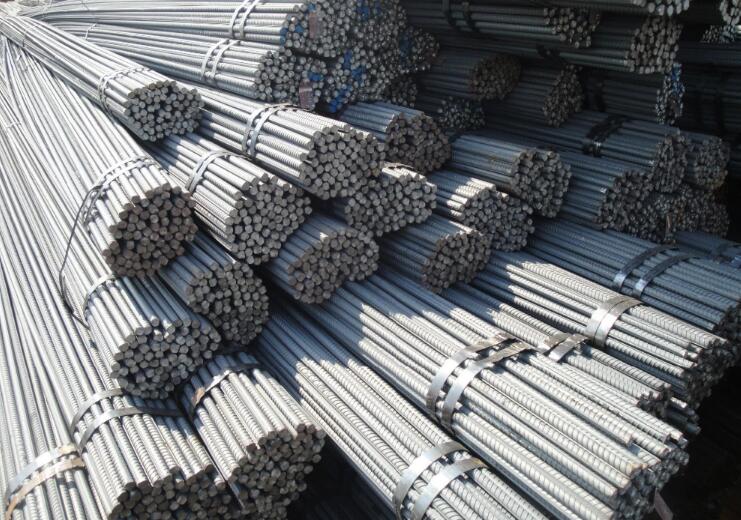The band saw has a long history of production. Although it is considered a mature industry, its production technology is constantly developing. In order to reduce the workload and ensure the quality of work, users who rely on band saws to complete metal cutting operations are looking for ways to ensure productivity. The longer, straighter, and faster three criteria basically outline the needs of users of production band saws. Based on this, band saw manufacturers are actively researching and developing the next generation of band saw technology.
Technologies originally developed for other cutting tool industries have been optimized and are now being applied to the design and improvement of band saw products. In order to improve the technical level of band saws, efforts must be made to reduce unit cutting costs. The key lies in the new cutting edge and backing of bimetal saw blades, improved carbide saw-tooth products, surface coatings (TiN and AlTiN), heat treatment technology, and new tooth shapes designed using advanced computer modeling techniques.
How to combine these technologies with their own unique technologies to provide users with new products has become a problem that must be solved by the manufacturer of band saw blades.
Saw blade surface treatment technology and process
Band saw manufacturers are currently working on improving specialized saw blade surface treatment technology. This technology can greatly reduce the fracturing of saw blades due to metal fatigue. There are several factors that can cause premature blade breaking, including improper tensioning of the saw band, poor or improper adjustment of the saw band guide, incorrect sawn banding in the saw wheel, and severe distortion of the saw band between the saw wheel and the guide plate. . When this happens, the stress on the saw blade usually occurs where it may break.

Surface treatment of the saw blade after heat treatment and annealing can greatly reduce the stress fracture of the saw blade. The surface treatment is to apply a very thin outer layer to the surface of the saw blade under a certain pressure. When the surface is densified, it is not easy to break. The surface treatment also ensures that each tooth tip forms a stable and smooth surface, which can withstand the impact force of cutting and vibration, ensuring the uniform force of the cutting tool and prolonging its service life.
Shot peening
Shot peening is used to prevent stress defects and is a relatively new treatment process in the saw blade industry. However, it has been successfully applied in the aviation industry, which requires strict fatigue life. Unlike other industries, the band saw blade has a relatively thin cross-section, which is the biggest problem faced by the band saw manufacturer in determining the optimum stress configuration of the band saw material.
Shot peening is a process in which the surface layer of a material is bombarded with a specific medium (usually a round steel ball) under certain conditions. In addition to shot peening with steel balls, other media such as glass beads, ceramic beads, and small pieces of wire may also be used. Each medium needs to be selected according to the material being processed and the treatment effect to be achieved.
After determining the media to be used, the desired effect can be obtained by testing under various conditions including the material, the size of the shot peening medium, and the strength and time of the treatment process. Another challenge is to develop and apply the cost of ensuring competitiveness under this technology. Shot peening is a more complex process, but saw blades with improved fatigue fracture resistance and more uniform cutting edges are obtained.
With the continuous advancement of the level of sawing machines, the hardness of processed materials will become higher and higher, and production efficiency will become the most important factor for users. At present, the world's leading saw blade manufacturers are developing the next generation of products to meet this demand. Looking to the future, on the one hand, it is possible to optimize existing technologies by introducing better products in the band saw production industry, and to provide users with saw blades that have a longer service life than existing products, saw straighter and faster, and on the other hand The use of advanced surface treatment technology is also an economically viable method.
Reinforcing bar,or Deformed Steel Rebar, is a common steel bar that is hot rolled and is used widely in the construction industry, especially for concrete reinforcement. Steel rebar is most commonly used as a tension devise to reinforce concrete and other masonry structures to help hold the concrete in a compressed state. Concrete is a material that is very strong in compression, but virtually without strength in tension.
To compensate for this imbalance in a concrete slab's behavior, reinforcement bar is cast into it to carry the tensile loads. Common steel or concrete reinforcement bar is supplied with heavy ridges to assist in binding the reinforcement to the concrete mechanically - this is commonly referred to as deformed rebar. Deformed Steel Rebar is used to be called Screw thread steel.
Steel Rebar is a steel bar or mesh of steel wires used as a tension device in reinforced concrete and reinforced masonry structures to strengthen and hold the concrete in compression. Concrete is strong under compression, but has weak tensile strength. Rebar significantly increases the tensile strength of the structure. Rebar's surface is often patterned to form a better bond with the concrete.
|
Product Name
|
mild steel bar price /steel rebar /iron rods for construction/concrete
|
|
Standard
|
BS4449-2005,GB1449.2-2007,JIS G3112-2004, ASTM A615-A615M-04a,
Korea StandarsKS D 3504, AustralasianStandard AS/NZS 4671 |
|
Grade
|
BS4449, Gr460B,Gr500B, GB1449.2, HRB335, HRB400, HRB500, HRB400E,HRB500E, ASTM A615, GR40/GR60/GR75, JIS G3112,SD390,SD360 Korea StandarsKS D 3504 SD400 SD500 SD600, AustralasianStandard GR500N
|
|
Size
|
6mm,8mm,10mm, 12mm, 13mm, 14mm, 16mm, 20mm, 22mm, 25mm, 30mm, 32mm, 40mm,50mm, etc..
|
|
Application
|
civil engineering construction,such as housing, bridges,road, etc
|
|
Delivery
|
Normally 3-10 days after receive deposits or L/C at sight.
|
|
Package
|
Packed in bundle, standard seaworthy package or customers` requirements.
|



Application:
Construction project ,bridge and building etc.
If you have any questions, please contact with us directly.
Our company is solemnly committed to the majority of customers: reasonable price, short production cycle, considerate service. We look forward to cooperating with you.
Deformed Steel Rebar
Deformed Steel Rebar,Deformed Steel Bar,Deformed Steel Bar For Construction,Deformed Steel Bars
Shandong Vantage International Trade Co., Ltd. , https://www.steelplate.be